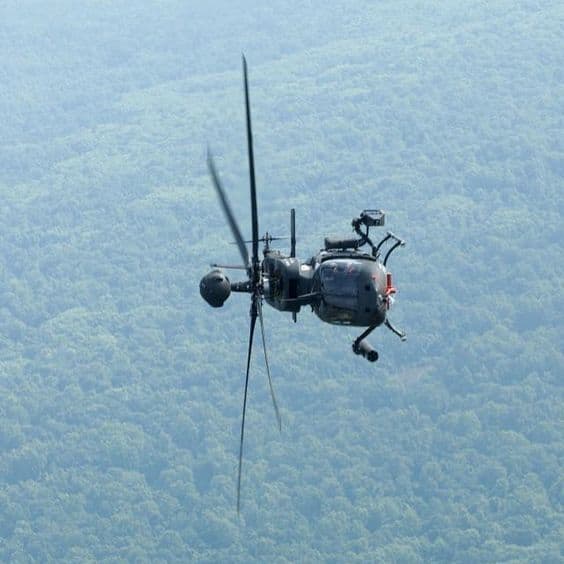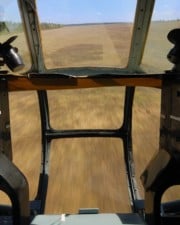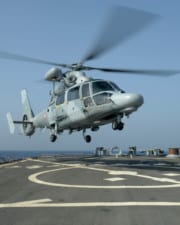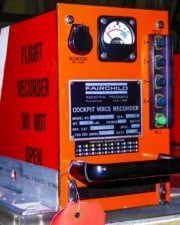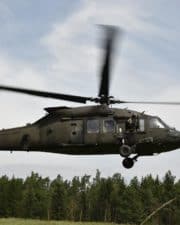Helicopters are wonders of modern engineering. But, to look at them, it’s a wonder that they fly at all. Learning to fly, you’ll quickly find that operating them is unlike any other piece of equipment. It’s not very hard to understand how they are able to fly, but it becomes more tricky when you wonder how helicopters turn. Let’s explain that today.
In the simplest terms, a helicopter turns by tilting its rotor disk one way or another. The spinning rotors generate lift. When they are flat, the helicopter hovers, climbs, or descends. To move forward, backward, or sidewise (as in a turn), the rotors are tipped in the desired direction. The pilot accomplishes this with the cyclic control, which looks like a central joystick or yoke.
Of course, helicopter aerodynamics are more complicated than that. This article on how helicopters turn is part of a series on helicopter flight. Also read:
How Do Helicopters Turn?
Helicopters are exceptional in their ability to move independently in pretty much any direction. As a result, there are quite a few different ways to turn a helicopter.
First, take, for example, a helicopter that is hovering. The pilot can rotate the aircraft 360 degrees without moving forwards, backward, or sideways by simply using the anti-torque foot pedals. It’s a really cool trick!
Normal Turns in a Helicopter
During forward flight, the helicopter can make turns more like an airplane. It can bank into the turn, and g-forces can be neutralized by using the pedals. In other words, it can make a coordinated turn just like a fixed-wing plane can.
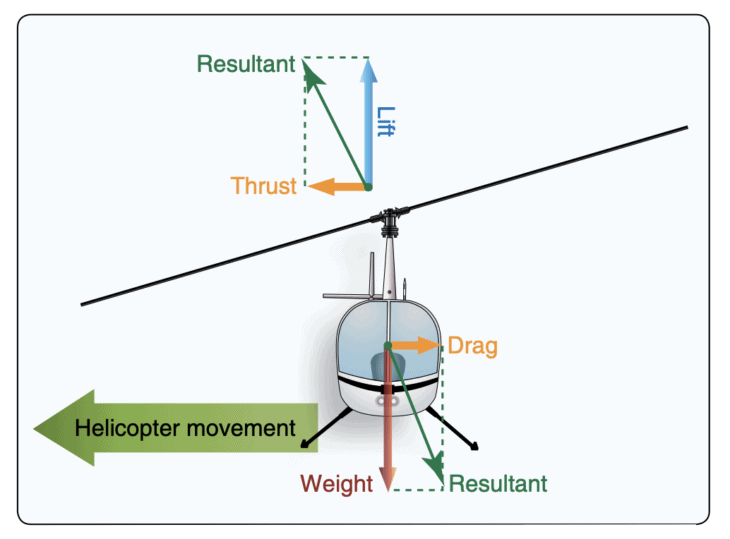
To do this, the cyclic control is used to move the rotor disk down on one side. Like in forward flight, the changes the total vector of the lifting force that the rotors create. The lift is then divided three ways:
- The force acting opposite gravity, which provides lift
- The force pulling the chopper forward, which gives it forward speed
- The force pulling it to the side, which pulls it into a turn
To keep the aircraft coordinated and flying forward in a natural fashion, the pilot also uses the anti-torque pedals during the turn. So in the cockpit, the pilot is easing the cyclic to the left or right and applying the pedal in the same direction. If the turn is steep enough and altitude changes, the collective is used to increase lift.
Instrument Turns and Standard Rate Helicopter Turns
Of all the sorts of turns aircraft can make, instrument turns are the most planned and carefully executed. In IFR conditions, the maneuverability of a helicopter can actually be a disadvantage. Where instrument procedures at altitude are designed for faster moving fixed-wing aircraft, the unsuspecting helicopter pilot can get in trouble by making turns too soon.
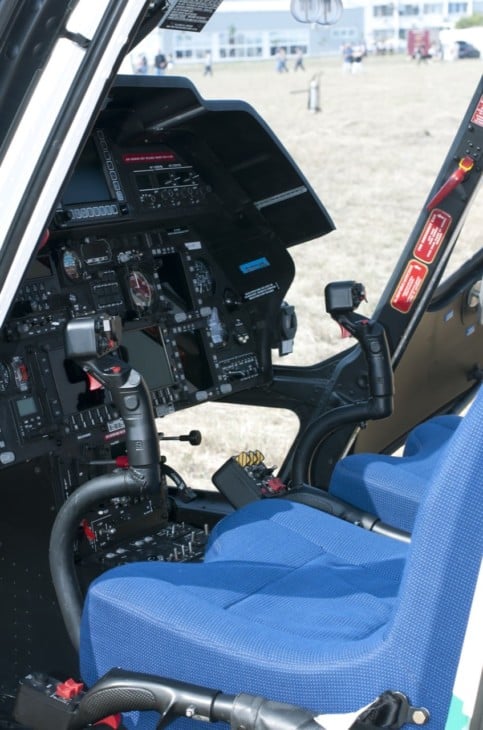
The result is that instrument-rated helicopter pilots must be just as careful as everyone else to execute timed turns properly. And just like in fixed-wing aircraft, the amount of bank a chopper pilot puts in is proportional to their ground speed. So the slower their forward speed, the shallower the bank necessary for a standard rate two-minute-long turn.
If you’re curious and would like to learn more about the inner workings and how to fly a helicopter, check out the FAA’s Helicopter Flying Handbook, available for free download online. Chapter 2 deals with the fundamentals of flight and the aerodynamics of turns.
Related Posts

